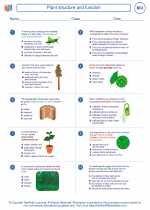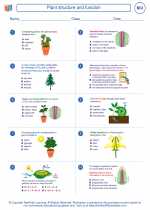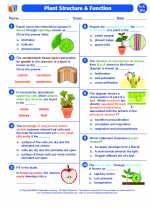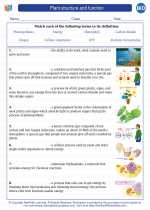Engulfment in Biology
Engulfment is a process by which a cell engulfs, or "eats," another particle or cell. This process is important for a variety of biological functions, including immune response, nutrient uptake, and removal of old or damaged cells.
Types of Engulfment
There are two main types of engulfment in biology:
- Phagocytosis: This is the process by which a cell engulfs solid particles, such as bacteria, dead cells, or cell debris. It is commonly performed by immune cells such as macrophages and neutrophils.
- Endocytosis: This is a broader term that encompasses the engulfment of various substances, including liquids and large molecules, by the cell membrane. It includes processes like pinocytosis and receptor-mediated endocytosis.
Mechanism of Engulfment
The process of engulfment typically involves several steps:
- Recognition: The cell identifies the particle to be engulfed through receptors on its surface.
- Attachment: The cell membrane extends and surrounds the particle, forming a pocket called a phagosome or endosome.
- Engulfment: The phagosome or endosome is internalized into the cell, forming a vesicle.
- Digestion: The vesicle fuses with lysosomes, which contain enzymes that break down the engulfed particle into smaller components for further processing.
- Excretion: Any waste materials are expelled from the cell through exocytosis.
Significance of Engulfment
Engulfment plays crucial roles in various biological processes, including:
- Immune response: Phagocytosis allows immune cells to remove pathogens and foreign particles from the body.
- Nutrient uptake: Endocytosis enables cells to take up essential nutrients such as proteins, lipids, and sugars from the extracellular environment.
- Cell homeostasis: Engulfment helps in the clearance of old, damaged, or apoptotic cells, maintaining tissue health and function.
Study Guide for Engulfment
To understand engulfment in biology, consider studying the following topics:
- Cell Membrane Structure: Understand the composition and function of the cell membrane, including its role in engulfment processes.
- Cellular Receptors: Learn about the types of receptors involved in recognizing particles for engulfment.
- Lysosomal Function: Explore the role of lysosomes in the digestion of engulfed materials.
- Cellular Communication: Investigate how cells communicate and coordinate engulfment processes.
- Engulfment Disorders: Look into diseases or conditions related to dysfunctional engulfment, such as immunodeficiencies and neurodegenerative disorders.
By understanding the mechanisms and significance of engulfment, you can gain insights into various cellular processes and their impact on overall organismal function.
.◂Biology Worksheets and Study Guides High School. Plant structure and function
Worksheet/Answer key Plant structure and function
Plant structure and function  Worksheet/Answer key
Worksheet/Answer key Plant structure and function
Plant structure and function  Worksheet/Answer key
Worksheet/Answer key Plant structure and function
Plant structure and function  Worksheet/Answer key
Worksheet/Answer key Plant structure and function
Plant structure and function  Vocabulary/Answer key
Vocabulary/Answer key Plant structure and function
Plant structure and function  Vocabulary/Answer key
Vocabulary/Answer key Plant structure and function
Plant structure and function 

 Worksheet/Answer key
Worksheet/Answer key
 Worksheet/Answer key
Worksheet/Answer key
 Worksheet/Answer key
Worksheet/Answer key
 Vocabulary/Answer key
Vocabulary/Answer key
 Vocabulary/Answer key
Vocabulary/Answer key

The resources above cover the following skills:
Concepts of Life Science (SC1, SC2, SC3)
The student demonstrates an understanding of the structure, function, behavior, development, life cycles, and diversity of living organisms by describing the structure-function relationship